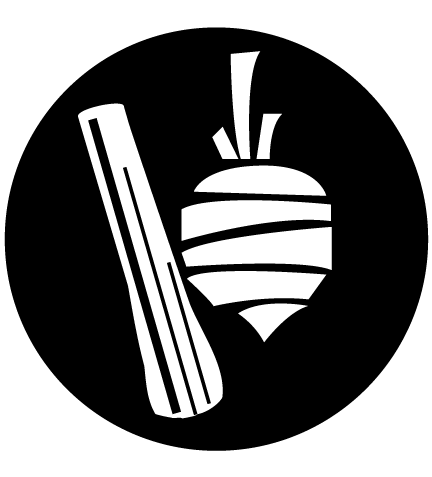Favorite pieces: Allegretto from Beethoven Symphony #7
/I'm not usually a big fan of dumbing down the classics just so that students can play them, but once in a while I really appreciate someone's arrangement for a student-level ensemble. One such arrangement is Douglas Court's grade 1 version of Beethoven's Allegretto from Symphony No. 7. I have used in several times in the past 10 years with my 6th-grade band (a group of second-year players) and continue to find it valuable as a powerful piece of music and a vehicle for teaching important concepts.
[If you're not familiar with Beethoven's Symphony no. 7, go listen to it and read about it now before you go read on].
Court's arrangement is simple. After the opening minor chord, the middle and low voices begin the ostinato rhythm which continues through most of the work. The melody trades off between trumpets, clarinets, and flutes/oboes. Clarinet and Trumpet 2, along with horn and alto, take the counter melody, and though the low winds never get the melody themselves, getting to play eighth notes in the ostinato pattern along with some other rhythmic patterns keeps them engaged. The flutes have a long rest (about 16 bars) before coming in after the first chord, so this piece may be a nice break from having to carry a lot of the piece themselves.
My favorite section of the piece is a 12 measure long crescendo. Starting from piano, the ensemble builds to a powerful climax, sustains full volume for eight bars, and then fades out over the final eight bars. It is in this section that I most challenge students to play longer phrases and hide their breaths.
Two other important concepts to address in the Allegretto are chromatic pitches (of which every instrument has some) and the contrast between tenuto and staccato articulation. Every player must listen to to match and play the right note lengths.
The percussion parts are not that complicated. They are not original to the piece, so they can be safely omitted. The mallet part doubles the flute line. The timpani plays only the tonic and dominant with no tuning changes. Snare drum and bass drum add a little oomph to the louder sections, and suspended cymbal and triangle parts are a tasteful addition if you have plenty of percussionists. Bonus--I haven't used it, but there is a piano accompaniment if you find yourself in need of it.
In the end, I have used this piece frequently not just because of the musical concepts it teaches, but because it has the power to connect well with students and audiences alike. Many have heard it before, and it is a great piece to push students to play with more emotion. Usually I take one rehearsal to talk about and listen to the original, and I love seeing how it unlocks something special in the way students play.
 look inside
look inside
|
Allegretto from Symphony No. 7 Grade 1 - Score and Parts. Composed by Ludwig van Beethoven (1770-1827). Arranged by Douglas Court. Curnow Music Concert Band. Hal Leonard #014897. Published by Hal Leonard (HL.44000440). |


